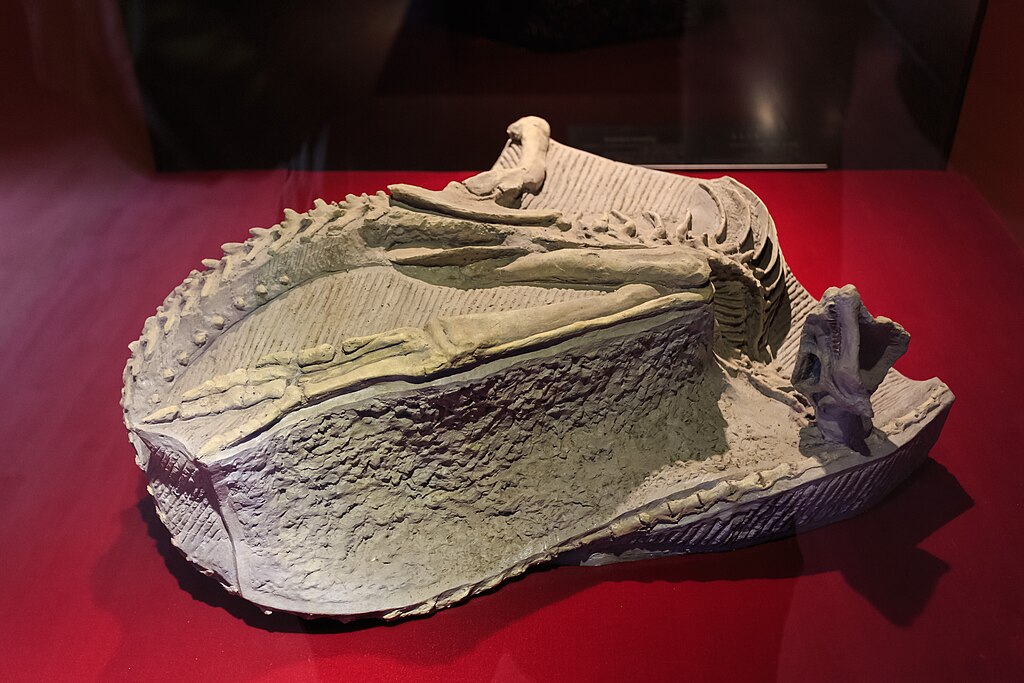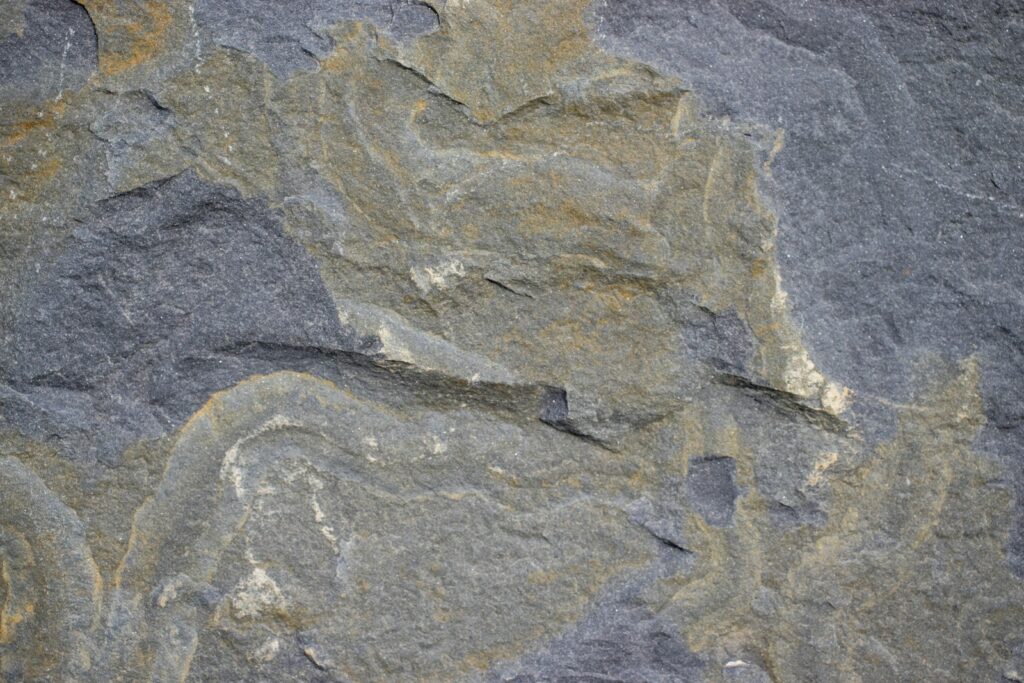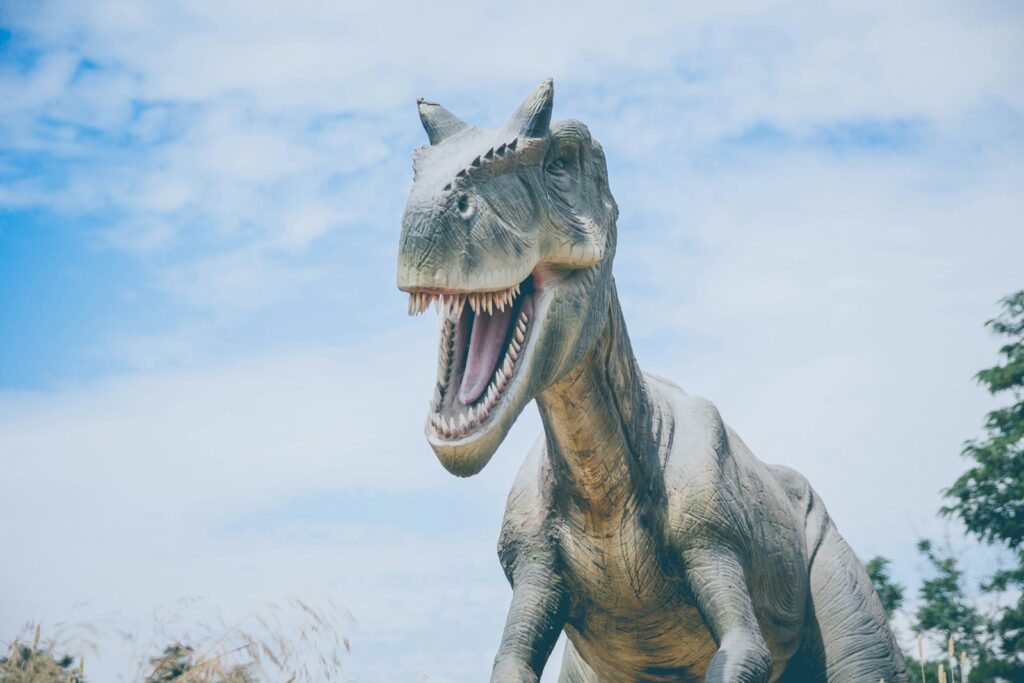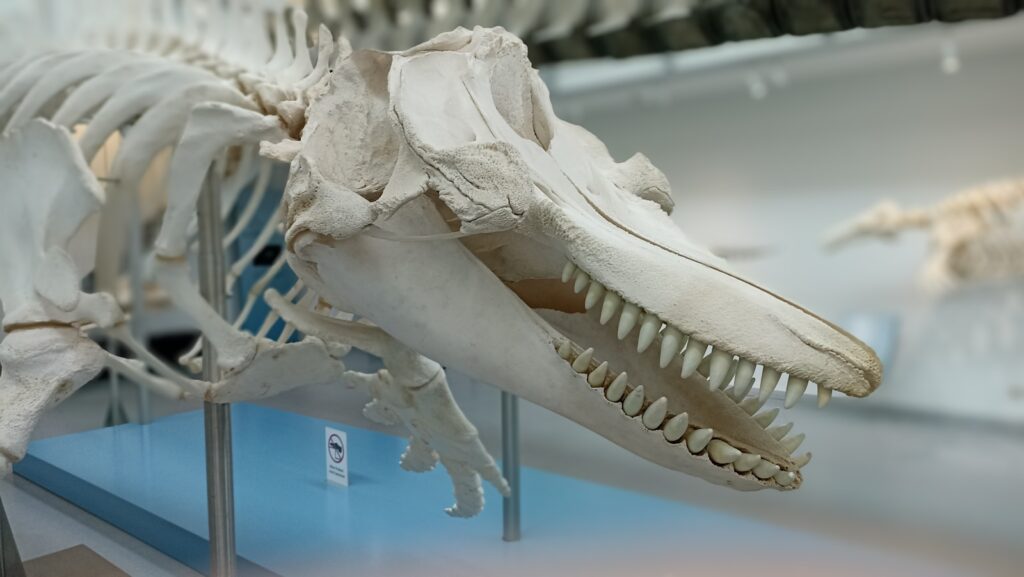The prehistoric world was populated by dinosaurs of vastly different sizes, from the chicken-sized Compsognathus to the towering Brachiosaurus. These incredible variations in size didn’t happen by chance—they were the result of complex growth patterns that varied dramatically between dinosaur species. Recent paleontological research has uncovered fascinating insights into why some dinosaurs grew at astonishing rates while others developed more slowly. These growth differences played crucial roles in dinosaurs survival, ecology, and ultimately their evolutionary success across millions of years.
The Science of Dinosaur Growth Rates

Understanding how quickly dinosaurs grew requires specialized scientific techniques that weren’t available until relatively recently. Paleontologists now use bone histology—the microscopic study of bone structure—to determine growth patterns in fossil specimens. By creating thin sections of fossilized bones and examining them under microscopes, scientists can identify growth rings similar to those in trees, called lines of arrested growth (LAGs). These LAGs indicate periods of slowed growth, often corresponding to seasonal changes or resource limitations. The spacing between these rings reveals how quickly a dinosaur added bone mass during different stages of its life, providing a growth timeline that can span decades in some species and just a few years in others.
Metabolic Differences Between Dinosaur Groups

One of the primary factors influencing dinosaur growth rates was metabolism—how efficiently they converted food into energy and body mass. Theropods, the mostly carnivorous bipedal dinosaurs that include Tyrannosaurus rex and the ancestors of modern birds, typically had higher metabolic rates approaching those of today’s warm-blooded animals. These elevated metabolisms allowed many theropods to grow substantially faster than their herbivorous counterparts. In contrast, many of the large sauropods and some ornithischian dinosaurs likely had metabolisms closer to modern reptiles, though still higher than cold-blooded animals today. These metabolic differences created fundamentally different growth trajectories, with some species reaching sexual maturity in just a few years while others might take a decade or more to reach reproductive age.
The Role of Diet in Growth Acceleration

What a dinosaur ate significantly impacted how quickly it could grow. Carnivorous dinosaurs had access to high-energy, protein-rich diets that could fuel rapid growth when prey was abundant. The nutritional density of meat provided these predators with efficient access to building blocks for muscle and bone development. Herbivorous dinosaurs, while having access to potentially unlimited plant material, faced the challenge of extracting sufficient nutrition from vegetation that was often low in protein and harder to digest. Many herbivores evolved specialized digestive systems to compensate, including large fermentation chambers that maximized nutrient extraction from plant matter. Some fast-growing herbivores like hadrosaurs (duck-billed dinosaurs) developed incredibly efficient dental batteries that allowed them to process enormous quantities of vegetation, supporting their surprisingly rapid growth despite plant-based diets.
Size as a Survival Strategy

The rate at which dinosaurs grew often correlated with their ultimate survival strategy. For many of the largest dinosaurs, like the massive sauropods including Brachiosaurus and Argentinosaurus, reaching enormous size quickly served as an effective defense against predators. Once beyond a certain size threshold, these giants were virtually immune to predation as adults. This defensive advantage created evolutionary pressure for accelerated growth during vulnerable juvenile stages. The fossil record shows that some sauropods grew from hatchlings weighing a few kilograms to multi-ton adolescents in just a decade—a truly remarkable growth rate for animals that could ultimately reach 50-70 tons. This “grow fast, get big” strategy proved extraordinarily successful, allowing sauropods to dominate many Mesozoic ecosystems for over 140 million years.
Environmental Factors Influencing Growth

The Mesozoic Era saw dramatic climatic shifts that influenced dinosaur growth patterns across different habitats. Dinosaurs living in resource-rich environments with consistent food availability and favorable temperatures could maintain more rapid and steady growth compared to those living in more challenging or seasonal environments. Fossil evidence suggests that dinosaurs in polar regions, where they experienced months of darkness and resource scarcity, often show more pronounced growth rings indicating seasonal slowdowns. Temperature also played a significant role, particularly for dinosaurs with thermoregulation systems intermediate between cold and warm-blooded animals. Higher ambient temperatures generally facilitated faster metabolism and growth, while cooler climates might have temporarily slowed development during certain seasons. These environmental constraints helped shape the different growth strategies observed across dinosaur lineages.
The T. Rex Growth Spurt Phenomenon

Tyrannosaurus rex represents one of the most dramatic examples of accelerated dinosaur growth ever discovered. Based on bone histology studies, we now know that T. rex underwent an extraordinary teenage growth spurt, adding up to 2.1 kilograms (4.6 pounds) per day during its peak growth phase. This phenomenal rate allowed T. rex to grow from a relatively modest juvenile to an 8-ton apex predator in less than two decades. Such rapid growth required enormous caloric intake and highly efficient metabolism. Interestingly, this growth pattern differs significantly from that of earlier tyrannosaur relatives, which tended to grow more gradually. The extreme growth acceleration in T. rex likely represents an evolutionary adaptation that allowed it to minimize its vulnerable juvenile period and quickly reach the size needed to dominate its ecosystem as the ultimate predator of the late Cretaceous North America.
Sexual Dimorphism and Growth Differences

In many dinosaur species, males and females likely grew at different rates and reached different adult sizes, a phenomenon known as sexual dimorphism. While challenging to identify definitively in the fossil record, some evidence suggests significant growth differences between sexes in certain dinosaur groups. In some theropods, including possibly Tyrannosaurus, females may have grown larger than males to accommodate egg production. Conversely, in species where males competed for mating opportunities, selection pressure may have favored faster and more substantial growth in males to develop impressive display features or combat capabilities. The discovery of medullary bone—a calcium-rich tissue found only in egg-laying females—has provided paleontologists with a rare opportunity to confidently identify female specimens, allowing more accurate assessments of sex-based growth differences in some species.
Evolutionary Trade-offs in Growth Strategies

The varying growth rates observed across dinosaur species represent different evolutionary compromises and adaptations. Fast-growing species invested enormous energy in rapid development, requiring substantial food resources and potentially sacrificing other biological processes. This strategy proved beneficial in environments with abundant resources but could become problematic during periods of scarcity. Slower-growing species, while taking longer to reach adult size, typically required less food for growth and could better withstand resource fluctuations. This evolutionary trade-off between growth speed and resource efficiency played out differently across dinosaur lineages, with natural selection favoring different growth strategies based on ecological niches, predation pressure, and environmental conditions. These diverse approaches to growth created the remarkable variety of dinosaur life histories observed in the fossil record.
The Link Between Dinosaur Eggs and Growth Patterns

The size and structure of dinosaur eggs provide important clues about subsequent growth patterns. Unlike mammals, even the largest dinosaurs began life from eggs that rarely exceeded the size of a football due to shell strength limitations and gas exchange requirements. This constraint meant that even the largest adult dinosaurs started life as relatively tiny hatchlings, necessitating extraordinary post-hatching growth to reach adult size. Species producing larger eggs generally gave their offspring a head start, with more developed hatchlings capable of more rapid initial growth. Smaller-egged species typically required more extensive parental care or faster relative growth rates to compensate for their more limited beginning. The discovery of dinosaur nesting sites with eggs containing embryonic remains has revolutionized our understanding of this crucial developmental starting point and its relationship to subsequent growth trajectories.
Comparing Dinosaur Growth to Modern Animals

When placed alongside modern animals, dinosaur growth rates often prove truly exceptional. Most large mammals today, like elephants and giraffes, take years to reach sexual maturity and decades to achieve maximum size. Even the fastest-growing large reptiles, such as saltwater crocodiles, grow relatively slowly compared to many dinosaur species. The growth rates of the largest sauropods and some theropods more closely resemble those of modern birds—the direct descendants of theropod dinosaurs—than reptiles or large mammals. This comparison provides compelling evidence that many dinosaurs had metabolic capabilities more advanced than traditional cold-blooded animals. The extraordinary growth capabilities of certain dinosaur lineages remain unmatched by any land animals alive today, highlighting the unique physiological adaptations that contributed to their dominance throughout the Mesozoic era.
Technological Advances in Studying Growth Rings

Recent technological breakthroughs have revolutionized the study of dinosaur growth patterns. Advanced imaging techniques like synchrotron microtomography allow scientists to visualize growth lines in three dimensions without destructively sectioning valuable fossils. This technology creates detailed 3D maps of bone microstructure, revealing growth patterns with unprecedented clarity. Geochemical analyses using laser ablation and mass spectrometry can measure isotope ratios within different growth layers, providing insights into seasonal diet changes and environmental conditions experienced throughout a dinosaur’s life. Computational modeling has also advanced significantly, allowing researchers to simulate growth trajectories based on incomplete fossil data and make more accurate estimations of development patterns. These technological innovations continue to refine our understanding of dinosaur growth rates, revealing increasingly sophisticated pictures of how different species developed from hatchling to adult.
The Mystery of Island Dwarfism and Growth Adaptation

Some of the most fascinating examples of dinosaur growth adaptation came from isolated island populations. Similar to modern animals on islands, dinosaurs occasionally evolved smaller body sizes when confined to limited island territories—a phenomenon known as insular dwarfism. The Late Cretaceous Hateg Island in present-day Romania hosted several dinosaur species that were remarkably smaller than their mainland relatives, including dwarf sauropods that stood just a fraction of the size of their continental cousins. These island dinosaurs typically showed drastically modified growth patterns, with slower rates and earlier cessation of growth. This evolutionary response allowed them to survive within the resource constraints of their isolated habitats. These insular adaptations demonstrate the remarkable plasticity of dinosaur growth patterns and how quickly they could evolve to suit changing environmental circumstances and ecological pressures.
From Dinosaurs to Birds: The Evolution of Rapid Growth

The exceptionally fast growth rates observed in many theropod dinosaurs provided crucial evolutionary groundwork for the remarkable development capabilities seen in modern birds. Today’s birds are characterized by some of the fastest growth rates among vertebrates, with many species reaching adult size in just weeks or months. This rapid development evolved gradually from their dinosaur ancestors, with fossil evidence showing increasingly accelerated growth in more bird-like theropods. The transition involved physiological adaptations including higher metabolic rates, more efficient respiratory systems, and specialized bone structures optimized for rapid growth while maintaining strength. Modern birds ultimately perfected this rapid growth strategy, taking the foundation laid by their dinosaur ancestors to new extremes. This evolutionary trajectory from dinosaur to bird growth patterns represents one of the most significant and well-documented transformations in vertebrate developmental biology.
Conclusion

The remarkable diversity of growth rates among dinosaurs represents a fascinating chapter in evolutionary biology that continues to yield new insights. From the explosive growth of Tyrannosaurus rex to the more measured development of certain herbivores, these varying strategies reflect complex adaptations to different ecological niches, predation pressures, and environmental challenges. The study of dinosaur growth patterns not only illuminates the biology of these extinct giants but also provides valuable context for understanding growth and development in all vertebrates, including the birds that represent their living descendants. As technology advances and more fossils are discovered, our understanding of dinosaur growth will continue to deepen, further revealing how these extraordinary creatures lived, grew, and thrived across 165 million years of evolutionary history.



